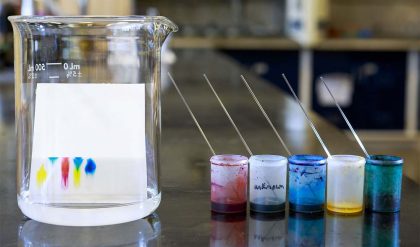The size and shape of polymers are intimately connected to their properties. The shape of polymers is also intimately connected to the size of the various units that make up the macromolecules and the various primary and secondary bonding forces that are present within the chain and between chains. This chapter covers the basic components that influence polymer shape or morphology. We generally describe the structure of both synthetic and natural polymers in terms of four levels of structure.
The primary structure describes the precise sequence of the individual atoms that compose the polymer chain. For polymers where there is only an average structure, such as proteins, polysaccharides, and nucleic acids, a representative chain structure is often given. The structure can be given as a single repeat unit such that the full polymer structure can be obtained by simply repeating the repeat unit 100, 500, or 1,000 times, depending on the precise number of repeat units in the polymer chain. For poly(vinyl chloride), PVC,


The secondary structure describes the molecular shape or conformation of the polymer chain. For most linear polymers this shape approaches a helical or “pleated skirt” (or sheet) arrangement depending on the nature of the polymer, treatment, and function. Examples of secondary structures appear.


Comments are closed.